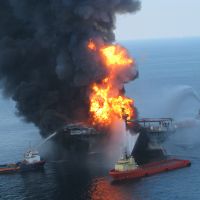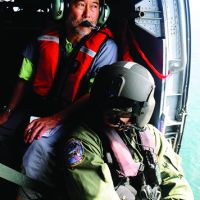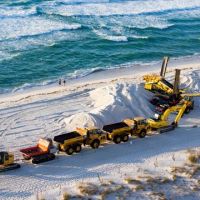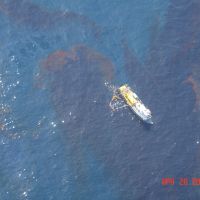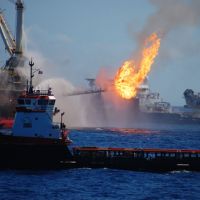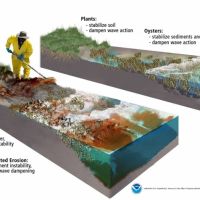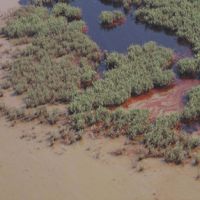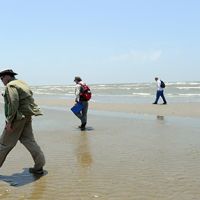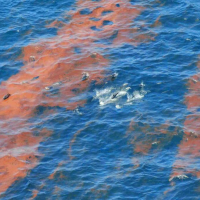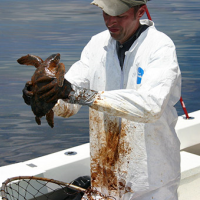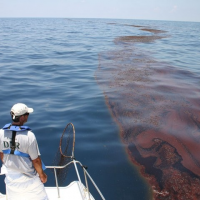A Decade Later: Advances in Oil Spill Science Since Deepwater Horizon
On April 20, 2020, NOAA joined our state and federal partners in observing 10 years after the Deepwater Horizon oil spill — an incident that resulted in the tragic loss of human life and an unprecedented impact to the Gulf’s coastal resources and the people who depend on them. Tune in as we go back in time to the day of our country’s largest marine oil spill, what’s happened since then, and how we’re better prepared for future spills.
On April 20, 2010, an explosion on the Deepwater Horizon Macondo oil well drilling platform killed 11 workers, and started the largest marine oil spill in U.S. history, releasing millions of barrels of oil into the Gulf of America (formerly Gulf of Mexico). NOAA was on the scene from the earliest moments of the crisis, bringing more than 25 years of experience protecting and restoring our coasts from oil spills.
As the lead science agency for coastal oil spills, NOAA’s Office of Response and Restoration provided mission-critical information to guide the emergency response, the natural resources damage assessment, and the restoration plan. Working collectively with a network of partners throughout government, industry, and academia, NOAA scientists completed the response and the largest natural resource damage assessment in history to support the 2016 settlement that awarded $8.8 billion for restoration to address natural resource injuries and lost recreational uses.
Deepwater Horizon challenged the spill response community and sparked a need for advances in science to help us prepare for future oil spills. In the decade since this tragic event, OR&R has enhanced its science, technology, and communication for the better, using the multitude of lessons we learned during Deepwater Horizon.
This month, tune in below as we share stories from our staff about their experiences during the Deepwater Horizon disaster and look back on all that we’ve learned and how we are better prepared for future spills.
8 Advances in Oil Spill Science in the Decade Since Deepwater Horizon
In our final blog we provide on overview of some of the advances in science we’ve discussed in-depth throughout the last three weeks. Read the full blog here.
10 Years Ago: A Deepwater Horizon Timeline
NOAA was on the scene from the earliest moments of the crisis, bringing more than 25 years of experience protecting and restoring our coasts from oil spills. In our latest timeline, go back to the day of the spill and what's happened in the decade since. Click here to view the timeline.
How Thick is the Oil Slick?
The 2010 Deepwater Horizon oil spill was the largest marine oil spill in U.S history, and responding to the disaster required the use of brand-new satellite technology to detect and map the footprint of oil on the surface of the ocean. Read the full blog here.
Deepwater Horizon: The Science Behind NOAA's Unprecedented Response
Senior Scientist Lisa DiPinto reveals the science behind NOAA's response to the Deepwater Horizon oil spill. View the video below, or visit NOAA Fisheries to learn more.
Interested in learning more?
For more information about the Deepwater Horizon spill, visit the resources below:
-
Where to Find OR&R and other NOAA Information on the Deepwater Horizon Oil Spill
-
NOAA Studies Documenting the Impacts of the Deepwater Horizon Oil Spill
-
Attempting to Answer One Question Over and Over Again: Where Will the Oil Go?
-
Deepwater Horizon: Response in the Midst of an Historic Crisis
-
Effects of the Deepwater Horizon Oil Spill on Coastal Salt Marsh Habitat
-
Recalling the Early Hours—and Challenges—of the Deepwater Horizon Oil Spill
-
Advances in Science: How Deepwater Horizon Helped Improve NOAA’s Oil Spill Modeling
-
10 Things a Non-Scientist Has Learned in the Decade Since Deepwater Horizon
-
How Deepwater Horizon Spurred Advances in Oil Toxicity Science
-
How Deepwater Horizon Data Tools are Used to Protect America’s Coastal Resources
more images

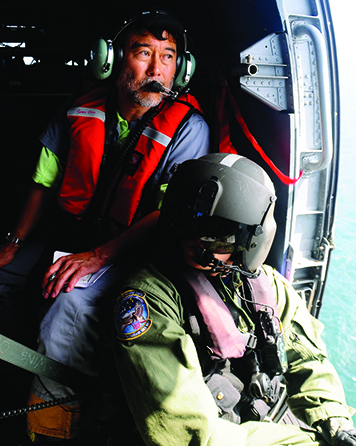
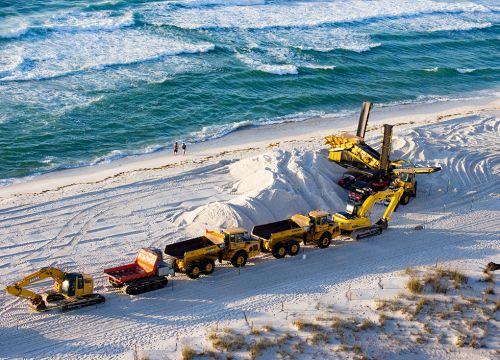
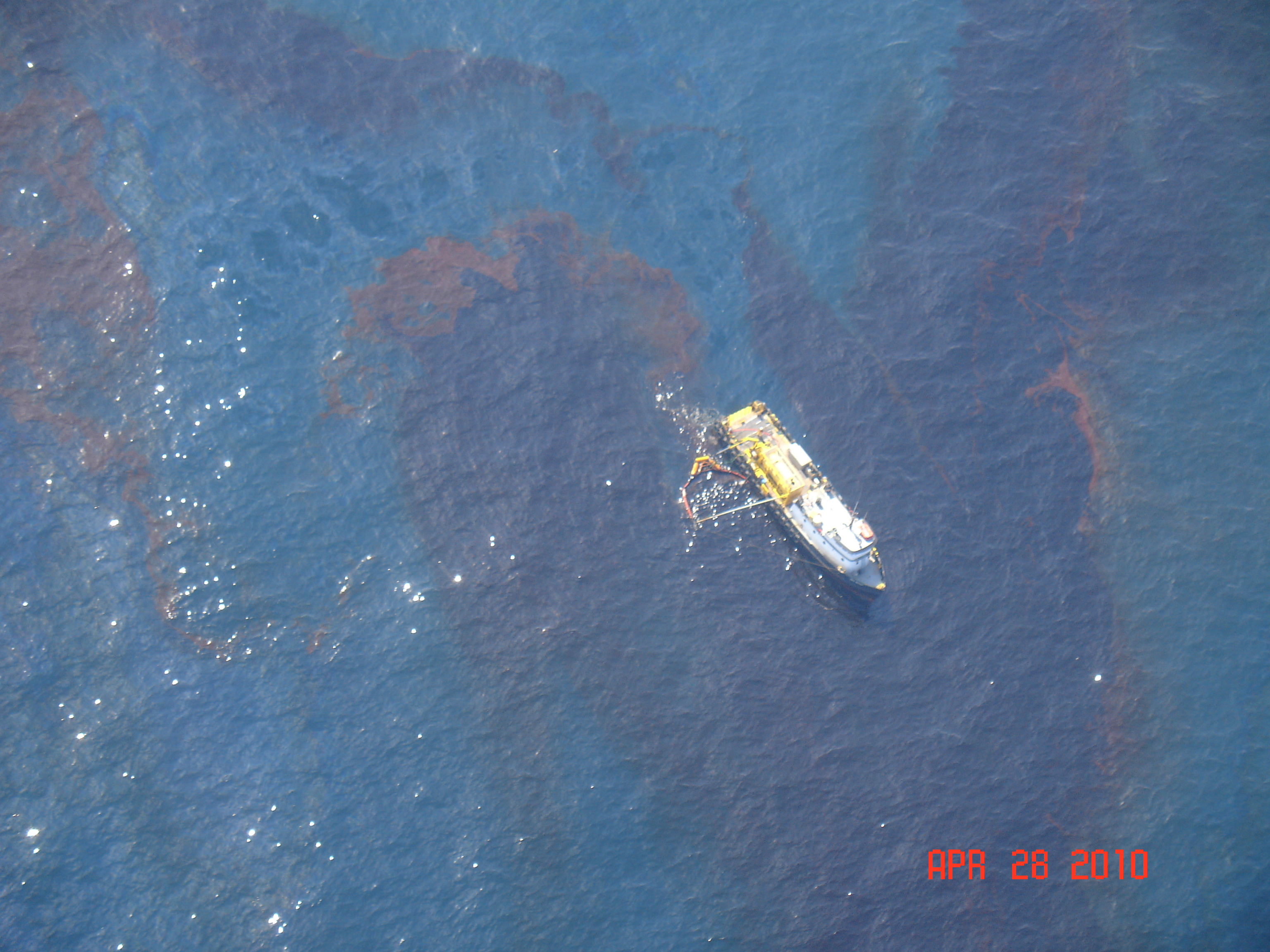

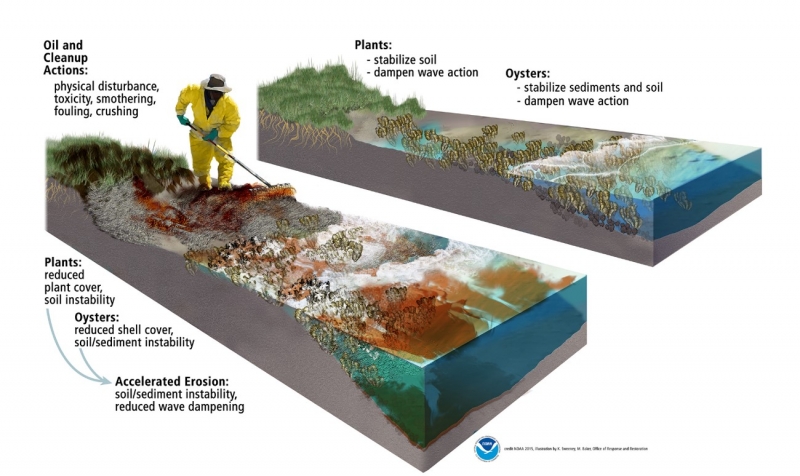

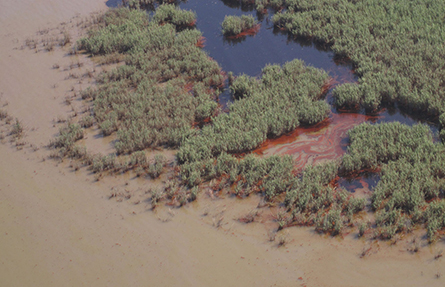

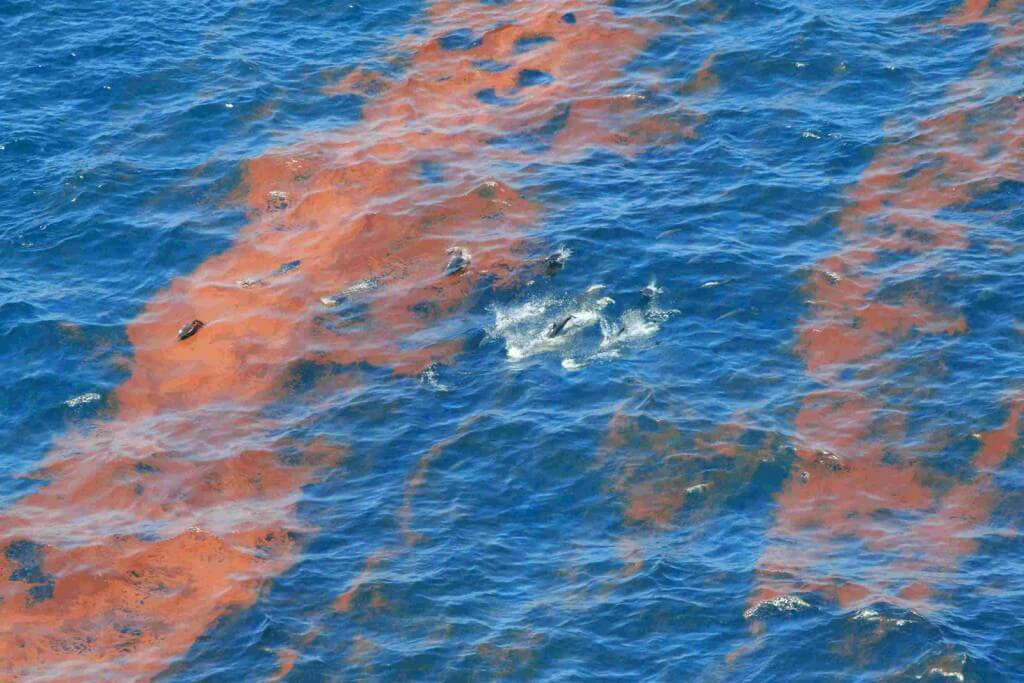
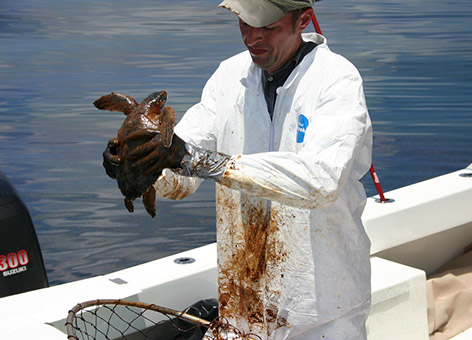
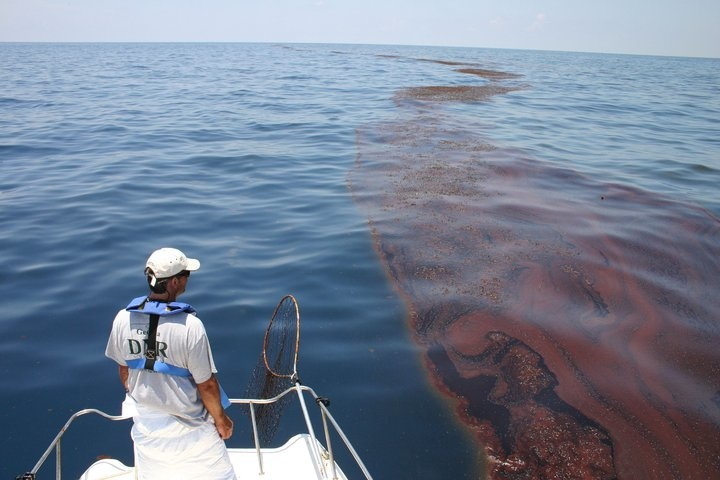
 An official website of the United States government.
An official website of the United States government. 

